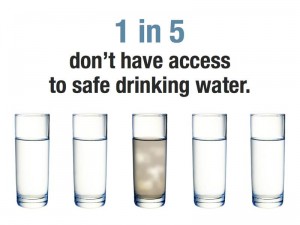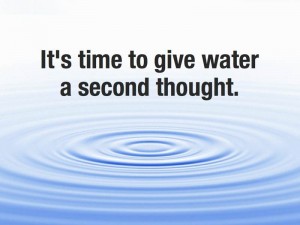Kitchen appliances are very expensive and in the current struggling economic climate making do and looking after these expensive items is more important than ever. Below, are some tips to help you go the extra mile for your machines and make their lives longer.
Air purifiers and humidifiers need regular filter changes and routine deep cleaning to ensure they continue to work efficiently. Bosch appliances often give alerts on their items when they need filters changing or maintaining in any way.
Their storage is also intrinsic to it’s good order, so when you’re stashing these away at the change of the season make sure it will not be knocked or leaked upon.
 Coffee makers are known for their short life span, which makes sense as it is used so often as well as left switched on for long periods of time. To keep the insides of your pride and joy working a great tip is to process a solution of equal parts water and white vinegar, followed by a couple of clear water run. This will ensure the mineral build up will be removed and the coffee will come out tasting like you’ve bought a new machine.
Coffee makers are known for their short life span, which makes sense as it is used so often as well as left switched on for long periods of time. To keep the insides of your pride and joy working a great tip is to process a solution of equal parts water and white vinegar, followed by a couple of clear water run. This will ensure the mineral build up will be removed and the coffee will come out tasting like you’ve bought a new machine.
The dishwasher is one appliance that does often get cleaned but not to the extent it needs. This is essential to ensure the cleanliness of your cutlery and crockery, so just bunging in a dishwasher cleaner tab isn’t enough on its own. Mould often accrues around the rubber seal, due to being damp so much of the time, this needs to be cleaned with mould and mildew spray or if severe enough, completely replaced.
The clothes dryer is another appliance that is fairly easily damaged. It is common for people to overload their dryers, as they don’t know how much weight it can comfortably cope with. By doing this, the belt is stretched and damaged which is costly to repair. You can also save energy as well money and operating time by using the correct settings, so make sure you read that manual as it could hold many benefits!
Freezers should ideally be located away from direct light sources or heat as this affects the items efficiency. Removing ice from the interior improves airflow and helps to maintain the optimum freezer temperature.
To keep your fridge ticking over there are several things you can do to help it. The compressor coils located at the back can be vacuumed to keep them dust free and help to maintain the correct temperature. A seal in perfect condition will also help this as well as avoiding leaving the door stood open for prolonged amounts of time.
The hoover has fairly simple needs in that changing the dust bag and the filter are about all it needs and should be done regularly as well as checking the hose and attachments for debris blocking the suction, making the appliance less efficient.


